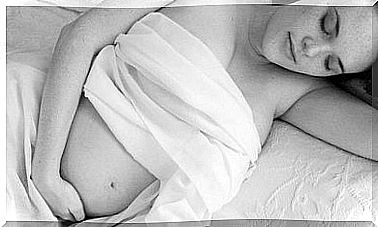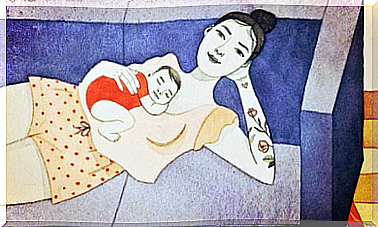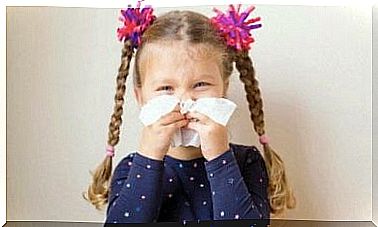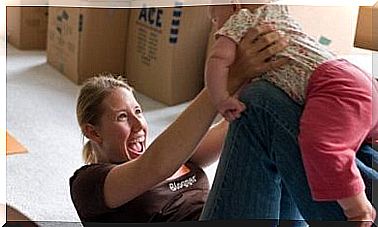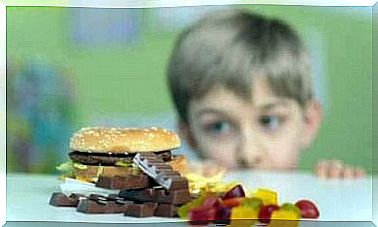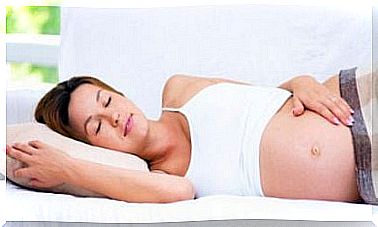Motor Development Of Children From 0 To 5 Years

From neonatal reflexes to sentence writing, the motor development of children aged 0 to 5 is a stage of evolution and lifelong learning, both for them and for their parents.
During this period, a range of motor skills promote the coordination of bones, muscles, tendons and nerves. The ability to walk on two legs and the precision to pick things up are two skills that define human beings.
- Brain
- spinal cord
- peripheral nerves
- Muscles
- Joints
The nervous system, which is responsible for motor development, grows in a fixed order. The sequence is clear and predictable and so parents can keep an eye on it and spot possible abnormalities.
The first sign of children’s motor development
You see the first sign of motor activity on the head. The newborn baby can turn it from side to side when lying on his back. However, if he is on his stomach, he can lift it just a little bit.
Little by little , the baby will develop movements with his hands, which is essential for the motor development of children from 0 to 5 years.
There are different stages that the child goes through. When born, a baby is about 50 centimeters and weighs 3.5 kilograms.
He has a big head and big eyes, a small nose, chubby cheeks and a dimple in his chin. From here begins the curve of physical, mental, psychological and social development.
Eye-hand coordination starts from two months. The child sees an object and tries to grab it. With practice, he’ll manage to grab it.
Laughing and sticking out his tongue
From three months to a year, we can distinguish between three well-defined phases in the motor development of the child.
- At three months, the baby begins to laugh and stick out its tongue. He can sit with a support. The babbling also begins. He holds his little hands open and holds an object burst with his fingers and the palm of his hand.
- After six months, he begins to crawl and sit unaided. A few months later, he will be able to stand and take steps. Might still be clumsy, but he can grab and release objects with both hands. He can also bring his hands to the other side of his body.
- Around his first birthday, his independence and curiosity increases. He puts everything in his mouth, so this is a dangerous phase.
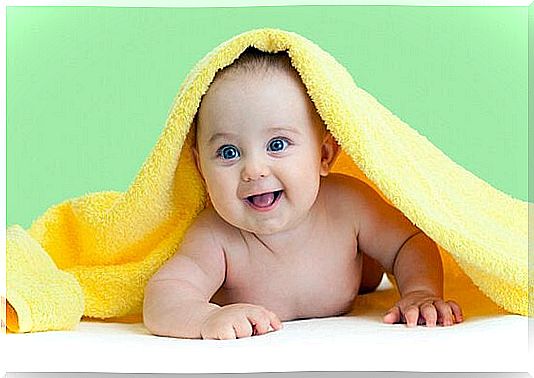
Walking with help
After a year, he discovers the stairs, which he can climb with help. He builds towers with bucks and can push a ball forward with his hands and feet. And he can also pick up objects with his thumb and forefinger.
He begins to eat by himself sitting on a chair. His independence increases, but so do his tantrums and jealousy.
When he is two years old, he goes up and down stairs by himself, jumps with two feet, kicks a ball and rides a tricycle. His social and mental development is improving and he interacts more with other children.
He can draw lines and flip through books. He himself eats with a spoon and makes sentences, although these are often still incoherent.
Running around
Running fast, tracing a circle or standing on one leg are all skills that develop after three years. He can cut with scissors, put together a three piece puzzle, slide down a slide and walk on tiptoe.
At four years old, he can stand on one foot longer. He can also jump, climb and dance. And he can bend over and touch the ground with his hands. He opens a lock with a key. He can express his thoughts and play cooperative games.
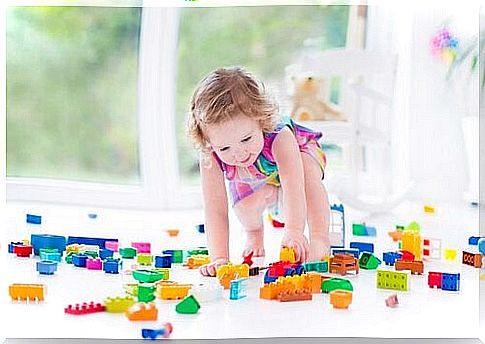
5 years old: already writing words
After five years , your child will be able to go down the stairs with one foot per step. He can also draw triangles, and transcribe numbers and simple words in upper and lower case. He can tie knots and follow lines with scissors. And he can write sentences.
At this age , your child can change direction while running and walk on a narrow plank without falling off. He can also jump backwards.
A preferred side appears
Your child will also develop a preference for one hand, eye and foot, and will be right or left handed. If he can use both sides equally well, we call this ambidextrous.
Children’s motor development consists of a range of skills during the first five years. Precision, endurance, speed, coordination and strength will improve as the child grows.

